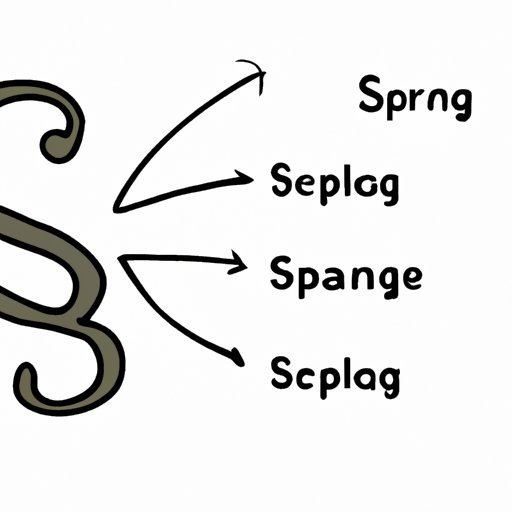
How to Write a Paragraph: Tips and Strategies for Effective Writing
As a writer, you may find yourself struggling to organize your thoughts and ideas into coherent paragraphs. This can be frustrating, especially if you want to communicate your message effectively. However, with a few tips and strategies, you can enhance your writing skills and produce well-written paragraphs that engage and inform your readers.
Start with a Clear Topic Sentence
A clear topic sentence is essential because it provides the main idea or concept of the paragraph. It should be concise and declarative, and it should convey the purpose of the paragraph. If you’re writing a persuasive paragraph, for example, the topic sentence should clearly state your position.
For example, consider the following statements:
Bad: Dogs are really cute and make great pets.
Good: Dogs are the best pets because they are loyal, friendly, and provide emotional support.
Once you have a clear topic sentence, you can support it with evidence or examples that back up your argument or position. This will help you stay focused and provide structure to your writing.
Use Transition Words or Phrases
Transition words and phrases can help connect ideas and improve the flow of your writing. They can be used to signal a change in thought, compare and contrast different points, or emphasize specific details.
Examples of transition words and phrases include:
- Firstly, secondly, thirdly
- Furthermore, moreover, additionally
- Therefore, as a result, consequently
- Similarly, likewise, in comparison
To use transition words effectively, try to use them sparingly and only when they are needed to signal a change or connection in your writing. Too many transitions can be distracting and make your writing seem disjointed.
Vary Sentence Length and Structure
Varying sentence length and structure can help keep your readers engaged and prevent your writing from becoming monotonous. You can achieve this by using simple and complex sentences, as well as varying the placement of clauses and phrases.
For example, consider the following sentences:
Simple: She ate breakfast.
Complex: After waking up, she ate a hearty breakfast that included oatmeal, yogurt, and fruit.
To create a balance between sentence types, try to alternate between simple and complex sentences. This will help keep your writing interesting and engaging for your readers.
Avoid Technical Language or Jargon
While technical language or jargon can be useful in certain contexts, it can be problematic when writing for a general audience. Overly specialized terms can be confusing and alienating to readers who are unfamiliar with the terminology.
Instead, try to explain complex concepts and technical terms in plain language that is understandable to everyone. If you do have to use technical terms, be sure to define them clearly and provide context to help readers understand their meaning.
For example, instead of using the technical term “hypertext transfer protocol” (HTTP), you could say “the method in which web pages are delivered to your computer”. This phrasing is more accessible to non-technical readers.
Use Active Voice
Active voice is preferred for writing effective paragraphs because it makes your writing more direct and engaging. In active voice, the subject of the sentence is doing the action, whereas in passive voice, the subject is receiving the action.
For example, consider the following sentences:
Passive: The book was read by John.
Active: John read the book.
Active voice is more concise and direct, and it helps emphasize the actions of the subject. To identify passive voice sentences, look for the use of “to be” verbs (is, are, was, were) paired with past participles (read, watched, eaten).
Keep the Paragraph Focused and Concise
A focused and concise paragraph is essential for effective writing. To achieve this, try to stay on topic and avoid tangents or unnecessary details. Outlining or brainstorming can help you organize your thoughts and stay focused on your main idea.
To cut out unnecessary details, try to be as precise and specific as possible. Use strong verbs and avoid vague or generic language. This will help keep your writing concise and focused, and it will prevent your readers from becoming bored or disengaged.
Proofread and Edit Carefully
Proofreading and editing are essential for producing well-written paragraphs. When you’re editing your work, try to look for common errors in grammar, spelling, and punctuation. Common errors include subject-verb agreement, comma splices, and incorrect word usage.
You can also ask a friend or colleague to read your writing and provide feedback. This can help you catch errors and identify areas for improvement that you may not have noticed on your own.
Conclusion
Writing effective paragraphs can be challenging, but with these tips and strategies, you can produce high-quality writing that engages and informs your readers. Remember to start with a clear topic sentence, use transition words and phrases, vary sentence length and structure, avoid technical language or jargon, use active voice, stay focused and concise, and proofread and edit carefully. By following these guidelines, you can improve your writing skills and produce paragraphs that are clear, concise, and effective.





